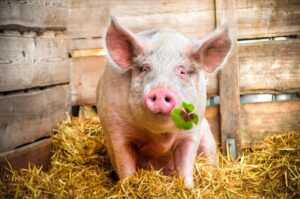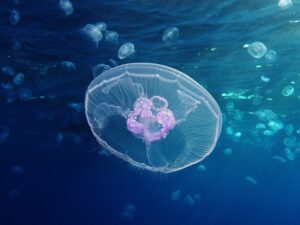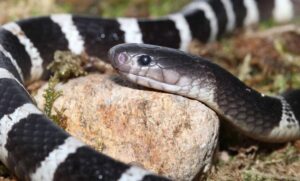When we think of dangerous animals, we often immediately picture lions, sharks, or crocodiles. However, in reality, many small invertebrates harbor venom, toxins, or destructive behaviors that are far more dangerous than nature’s “big players.” They can directly harm human health, destroy crops, spread diseases, and disrupt ecological balance. In this article, let’s join KnowAllAnimals to explore the Top 18 Most Dangerous Invertebrates in the World that you should know about.
1. Top 18 Most Dangerous Invertebrates in the World You Should Know
From highly venomous jellyfish in the ocean and desert scorpions to aggressive fire ants or invasive snails that destroy crops, these invertebrates prove that size doesn’t determine a creature’s danger level. Some species pose a direct threat to human life, while others have a severe impact on the environment and biodiversity.
1.1. Argentine Ant (Linepithema humile)
The Argentine ant is considered by some to be the Genghis Khan of the ant world. This species has a diverse diet and produces a large number of diligent and aggressive worker ants. Once they adapt and thrive in a favorable habitat, they often eliminate all other ant species, both native and introduced.
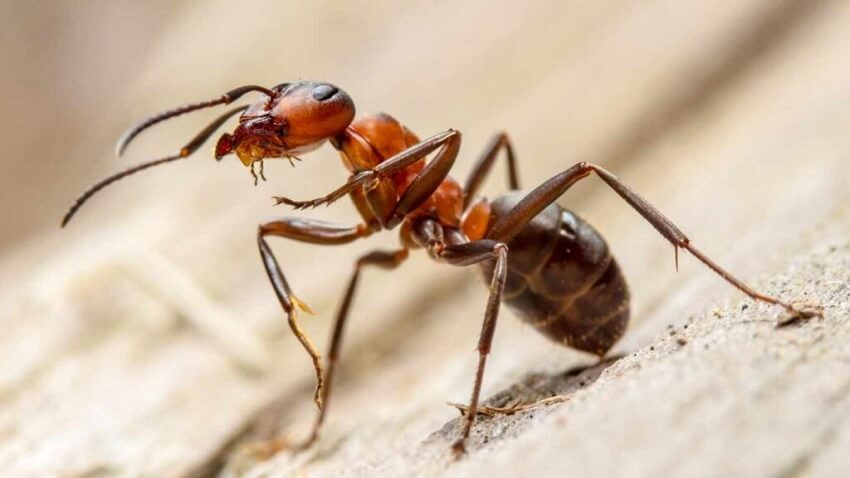
1.2. Asian Longhorned Beetle (Anoplophora glabripennis)
The Asian Longhorned Beetle, a shiny black beetle with white spots, is a dangerous pest to hardwood trees in its native home of China, Korea, and Japan. This beetle has taken up residence in wooden packaging in the U.S. and the U.K., and its destructive effects were reported in New York in 1996 and Chicago in 1998.
1.3. Asian Tiger Mosquito (Aedes albopictus)
The Asian Tiger Mosquito was introduced to the U.S. and many other countries through imported used tires. This mosquito is associated with the transmission of dengue fever, Eastern equine encephalitis, canine heartworm, and possibly St. Louis and LaCrosse encephalitis viruses.
1.4. Big-headed Ant (Pheidole megacephala)
The Big-headed Ant, originating from Africa, is a vagrant species that has spread globally through human trade routes. It is a fierce predator that has decimated many native species of ants, beetles, moths, and spiders.
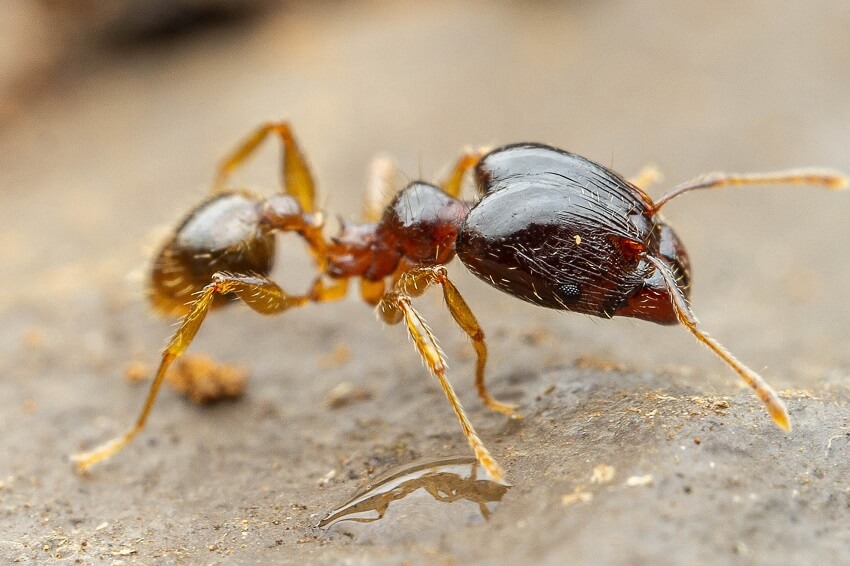
1.5. Common Malaria Mosquito (Anopheles quadrimaculatus)
This relatively large mosquito is the main vector for malaria. This species primarily breeds in still freshwater pools and bites humans and livestock at night.
1.6. German Yellowjacket (Vespula vulgaris)
The German Yellowjacket builds its nests underground and in tree and house cavities. In addition to its painful sting, it competes with birds and other insects for insect food and nectar. They also eat fruit and forage around trash cans and in tourist campsites.
1.7. Little Fire Ant (Wasmannia auropunctata)
The Little Fire Ant is considered responsible for a decline in species diversity, reducing the populations of winged insects, beetles, and eliminating spider populations. In the Galapagos, they also eat newly hatched tortoises and sting the eyes and cloacas of adult tortoises.
1.8. Cypress Aphid (Cinara cupressi)
The Cypress Aphid causes severe damage to Cypress and Juniper species in many countries. It is a very aggressive species that feeds on various parts of the tree, including green branches and woody trunks. The damage ranges from partial destruction to the death of the entire tree.

1.9. Yellow Crazy Ant (Anoplolepis gracilipes)
Named for their aggressive behavior, the Yellow Crazy Ants have invaded native ecosystems and are causing environmental damage in areas like Hawaii, Christmas Island, the Seychelles, and Zanzibar.
1.10. New Guinea Flatworm (Platydemus manokwari)
The New Guinea Flatworm was introduced to many islands in the Pacific and Indian Oceans to control African snails. The flatworm has since become a serious threat to native gastropod species. In Guam, it also threatens the Partulidae family on the Mariana Islands as well as the endemic terrestrial species there.
1.11. Formosan Subterranean Termite (Coptotermes formosanus)
The Formosan Subterranean Termite causes significant damage to trees, houses, telephone poles, and underground electrical and telephone lines. In Hawaii, the cost to prevent and/or control infestations and repair the damage caused by this termite amounts to more than $60 million annually.
1.12. Giant African Snail (Achatina fulica)
The Giant African Snail has been widely introduced to Asian countries, Pacific, and Indian Ocean islands, and more recently to the West Indies. It is a dangerous agricultural pest and a vector for several pathogens and roundworms.
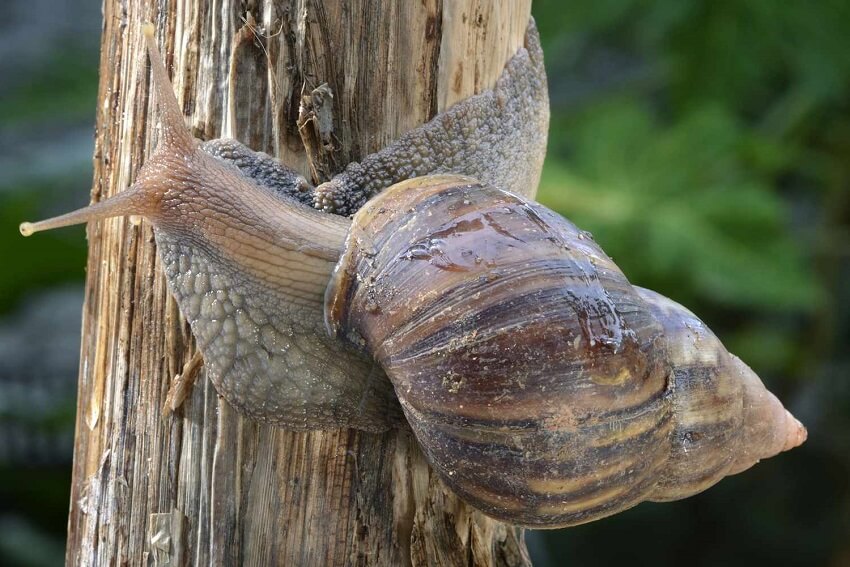
1.13. Apple Snail (Pomacea canaliculata)
The Apple Snail is a voracious freshwater snail that eats aquatic plants such as lotus, taro, water caltrop, and rice. It is a serious pest to crops in Southeast Asia and Hawaii and poses a dangerous threat to many wetlands worldwide as it can alter habitats and outcompete native species.
1.14. Gypsy Moth (Lymantria dispar)
The Gypsy Moth is one of the most dangerous pests to fruit orchards and ornamental trees throughout the Northern Hemisphere. It is also a significant pest to hardwood forests. The destructive larvae cause massive defoliation, leading to reduced tree growth and vitality.
1.15. Khapra Beetle (Trogoderma granarium)
The Khapra Beetle is one of the most dangerous pests to stored goods worldwide and is subject to international quarantine. It has the ability to survive in storage facilities at very low densities and can live for a very long time in a state of dormancy.
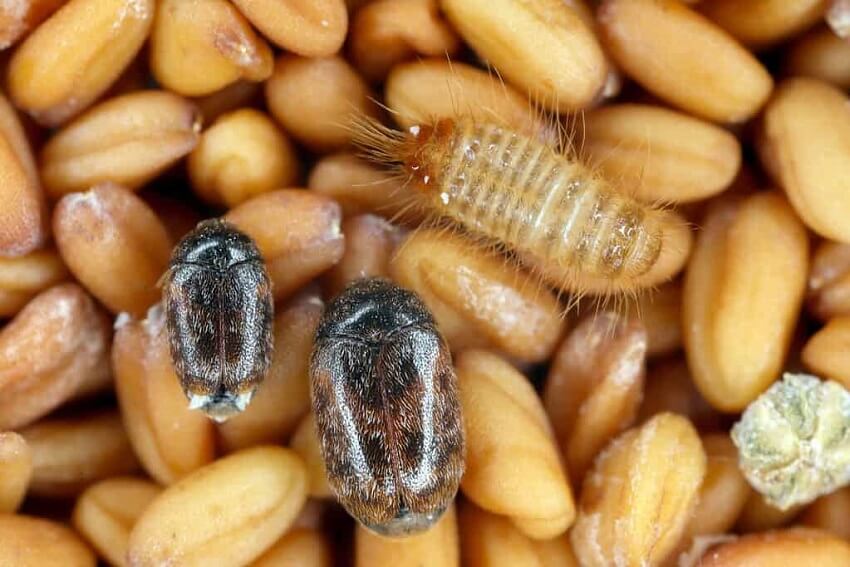
1.16. Red Imported Fire Ant (Solenopsis invicta)
The Red Imported Fire Ant is a fierce, fast-breeding, and numerous carnivorous insect that dominates most food sources. With its venomous sting, it can defeat prey and drive larger vertebrate competitors away from its resources. Its diet includes invertebrates, vertebrates, and plants.
1.17. Rosy Wolfsnail (Euglandina rosea)
This carnivorous snail was introduced to islands in the Pacific and Indian Oceans as a biological control agent for another invasive species, the Giant African Snail (Achatina fulica). It is responsible for the extinction of the Partulid snail species in French Polynesia.
1.18. Sweet Potato Whitefly (Bemisia tabaci)
The Sweet Potato Whitefly is a dangerous pest to food and fiber crops worldwide. The damage is caused by the larvae boring into and sucking sap from the leaves of plants, acting as a vector for plant-damaging viruses, and creating a sweet substance that serves as a growth medium for sooty mold on the leaves.
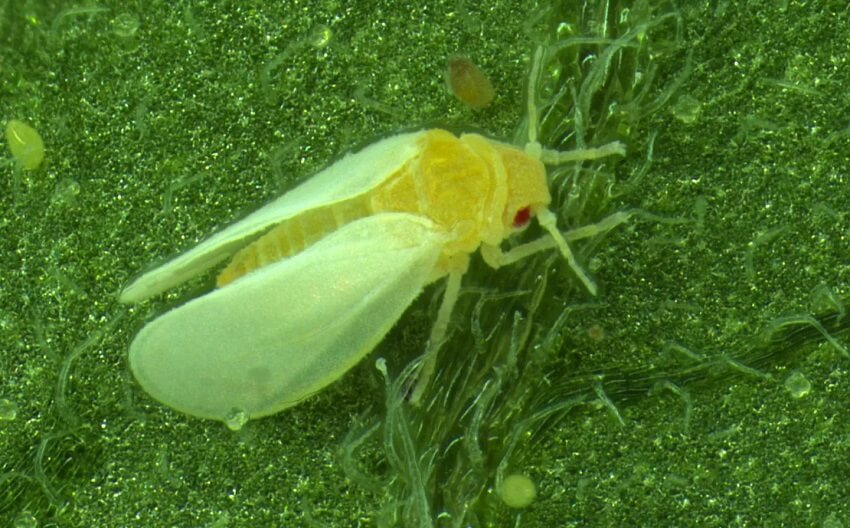
2. FAQs
1. Which invertebrate is likened to “Genghis Khan” in the insect world?
That would be the Argentine Ant (Linepithema humile)—an ant species with a diverse diet and an aggressive nature. Once it’s established, it easily eliminates all other ants in the same area, including both native and other introduced species.
2. How does the Asian Longhorned Beetle (Anoplophora glabripennis) cause harm?
This wood-boring beetle has a distinctive appearance: shiny black with white spots. It damages packaging, especially hardwood products, and has caused incidents in cities like New York (1996) and Chicago (1998).
3. What diseases are transmitted by the Asian Tiger Mosquito (Aedes albopictus)?
This mosquito is a vector for a range of dangerous diseases such as dengue fever, Eastern equine encephalitis, canine heartworm, and other viruses like St. Louis and LaCrosse encephalitis.
4. How many invasive invertebrates are listed in the article?
The article covers 18 invasive invertebrate species—terrestrial species that can cause serious harm to ecosystems, agriculture, and human health.
5. Why is it important to detect and control invasive species?
These invertebrates not only impact habitats (native species, forests, and agriculture) but can also cause diseases or harm crops. Therefore, early detection and timely control are essential to protect ecosystems and preserve biodiversity.
3. Conclusion
Though small and seemingly harmless, the Most Dangerous Invertebrates listed here pose an unpredictable threat. Learning about them not only helps us proactively avoid risks in daily life but also raises our awareness about environmental protection and the control of invasive species. Always remember that sometimes the smallest creatures can cause the biggest consequences for both humans and nature.

